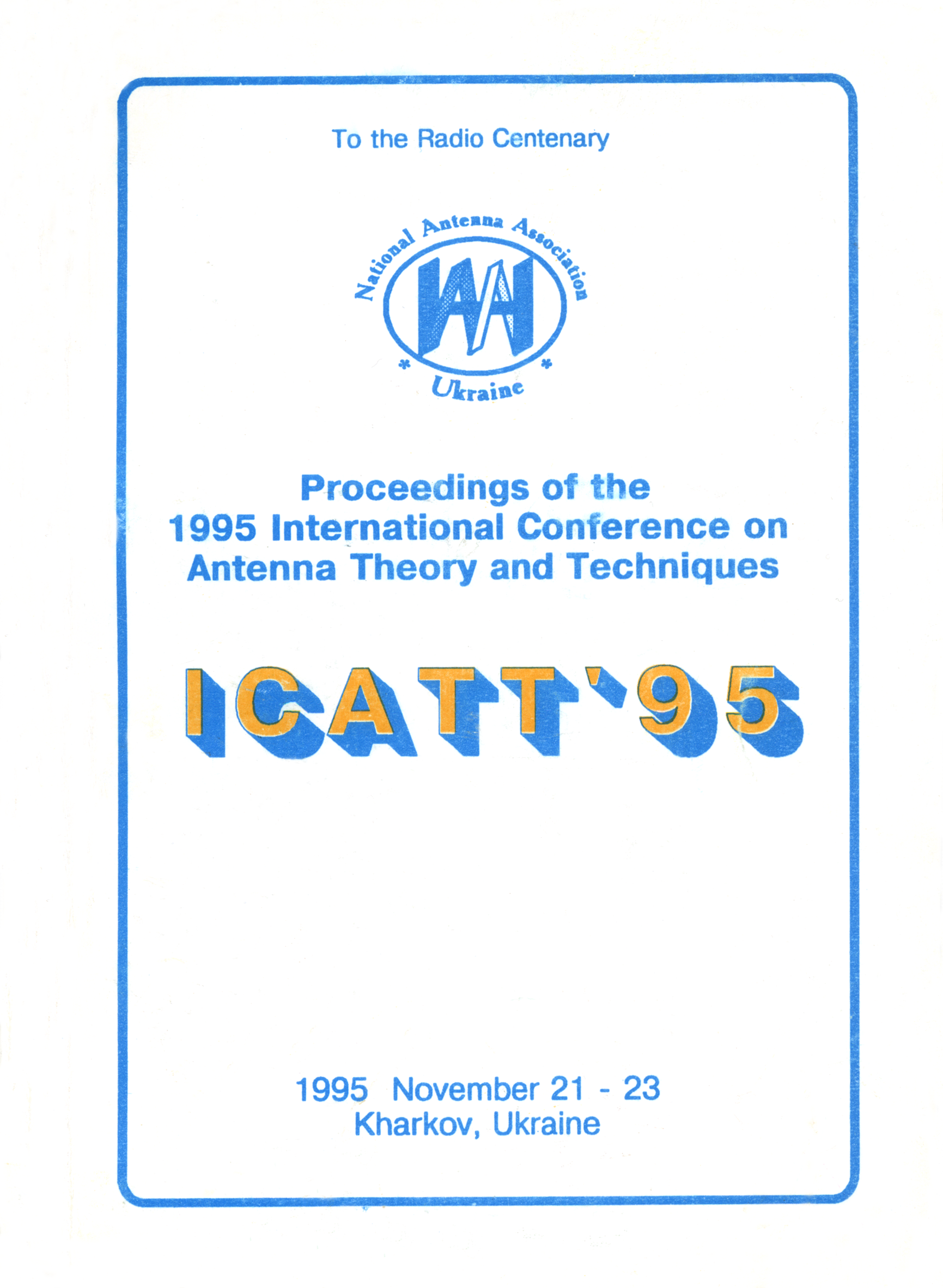On the use of available high-rise constructions for the medium frequency broadcasting antennas installation
DOI:
https://doi.org/10.1109/ICATT.1995.1234157Abstract
The expansion of broadcasting and in particular local AM broadcasting in medium frequency (MF) band of 540…1600 kHz is an urgent problem for many countries, but high antenna masts erection is expensive. It is possible to arrange local AM broadcasting using sloping ray type antennas, installed on already existing high-rise constructions: TV antenna towers or masts, unexploited oil-derricks, etc. In the last decades this inexpensive technology has been successfully applied in various region of Russian Federation.
When designing these antennas, the current exited in the conducting vertical mast by the inclined wires radiation and it’s effect on antenna pattern must be taken into consideration. The paper deals with L-long base-fed sloping ray antenna, fastened to the top of H-high grounded vertical mast, H<L. In MF band the ground may by regarded as a perfect conductor, so by using mirror image method we may consider the ray and the mast as a pair of interacting dipoles. Interaction analysis based on induced EMF method is given.
Calculations were carried out for the three-wire ray of L = 111 m (equivalent radius 0.26 m), fastened to angle 52° against the ground. Antenna with this geometry was installed in 1987 in Uhta, Komi Republic. Up to now it has been in permanent exploitation on frequency 675 kHz (λ = 444 m), providing satisfactory reception at distances up to 60…70 km with 5 kW transmitter in use. The following antenna parameters were defined in L = (0.2…0.3)λ range: interaction impedance between the ray and the mast; ray and mast current ratio; horizontal pattern; input impedance and half-power bandwidth. Measured values of input impedance and bandwidth are close enough to the calculation results. It is shown that proper choice of the ray length leads to a considerable of the pattern nonuniformity caused by the mast current.
Considered method of MF broadcasting antennas installation on available high-rise constructions does require any sophisticated technology and may be appropriate for the developing countries in particular.

